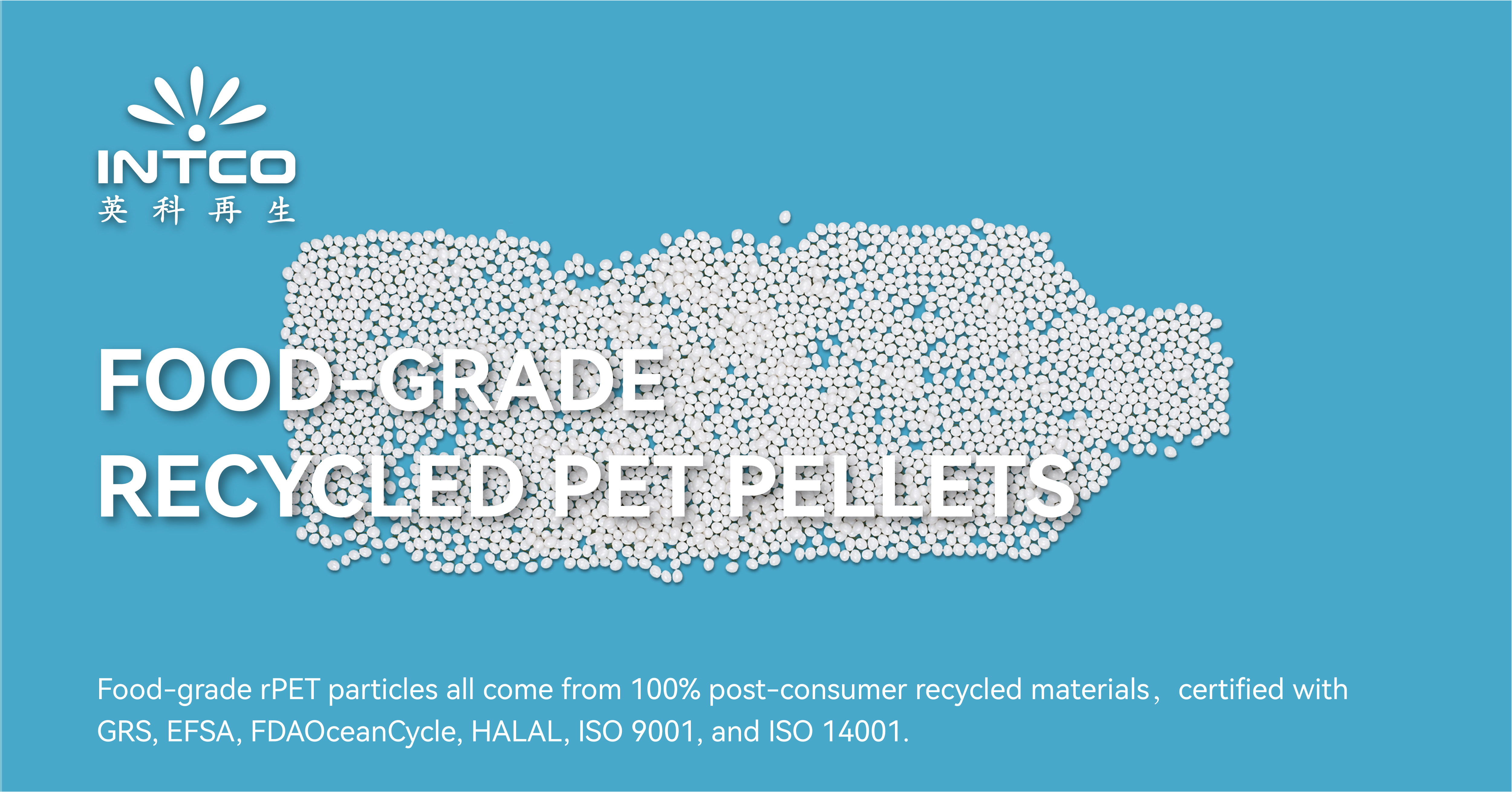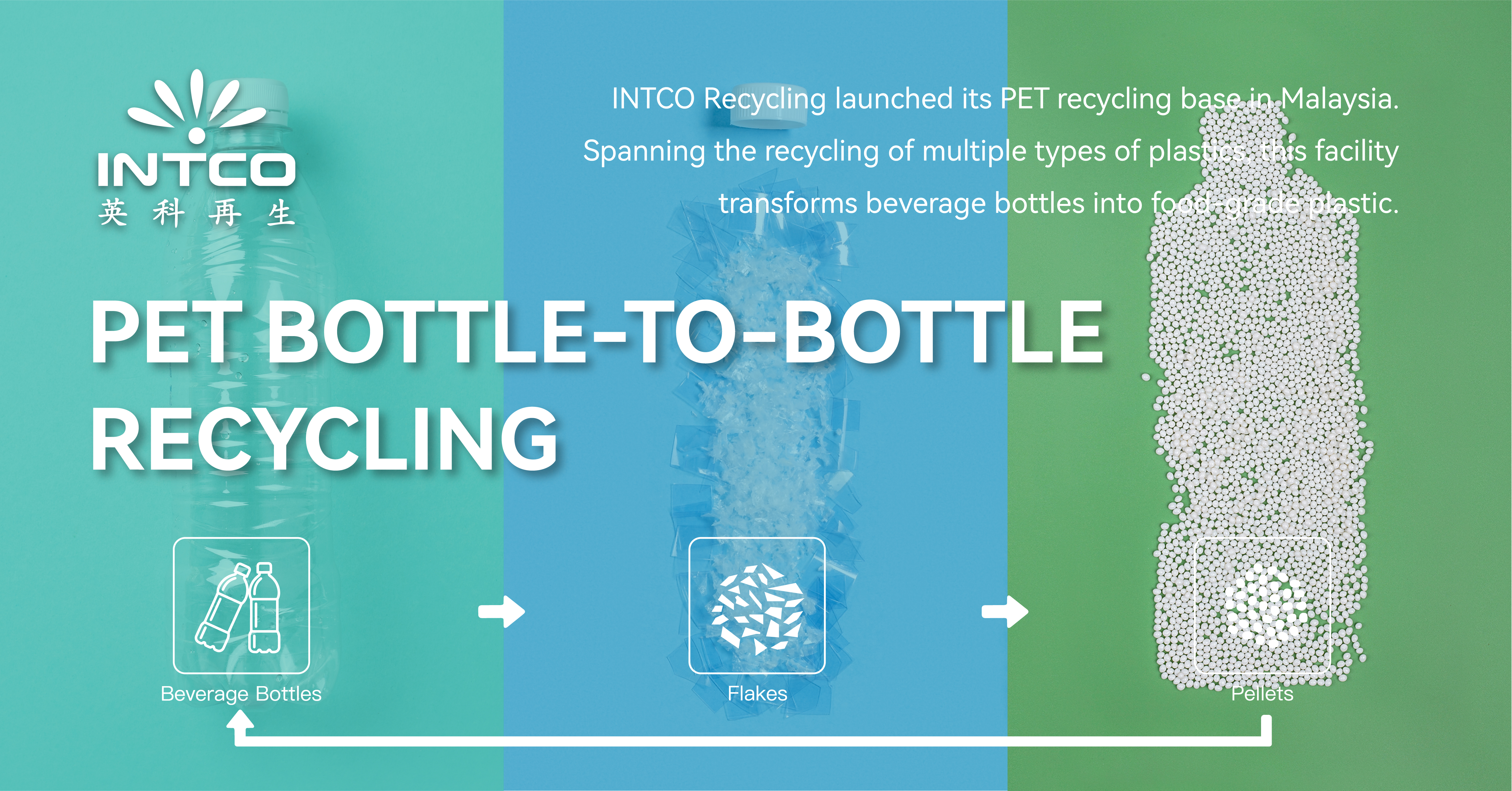rPET (Recycled Polyethylene Terephthalate) is a sustainable material derived from recycling PET plastic, commonly used in packaging, especially for bottles and containers. By transforming post-consumer plastic waste into a valuable resource, rPET plays a significant role in the circular economy and addresses global environmental concerns.

Performance of rPET
rPET maintains many of the same properties as virgin PET, making it a viable alternative for numerous applications. It is lightweight, durable, and resistant to impacts, chemicals, and moisture, all essential qualities for packaging and industrial uses. The recycling process slightly alters its clarity and strength, but with advanced processing technologies, rPET can reach high levels of purity and performance, comparable to virgin PET.
Current Applications of rPET
rPET is widely used across various industries, including:

Environmental Impact
rPET offers several environmental benefits. INTCO as a world manufacturer of recycled PET materials, promotes sustainable economic development. By reusing existing plastic, it significantly reduces the demand for virgin plastic production, conserving raw materials and energy. Recycling PET into rPET can reduce greenhouse gas emissions by up to 50% compared to producing virgin PET. Additionally, rPET helps decrease the volume of plastic waste in landfills and oceans, making it a critical tool in the fight against plastic pollution.
Conclusion
rPET combines sustainability with performance, offering industries a reliable material that contributes to reducing environmental harm. Its expanding applications and positive impact on the planet make it a key player in the shift toward a more sustainable future. By incorporating more rPET into manufacturing processes, businesses can help close the loop on plastic waste and move toward a more circular economy.